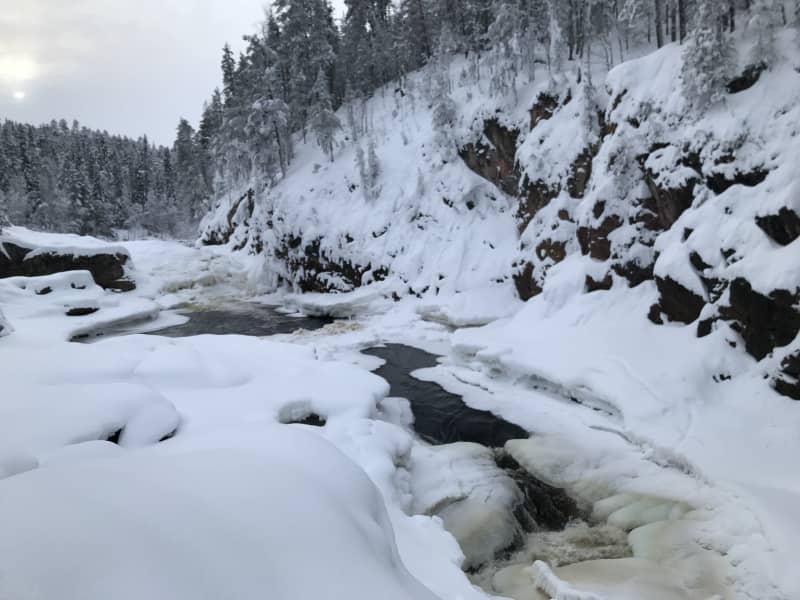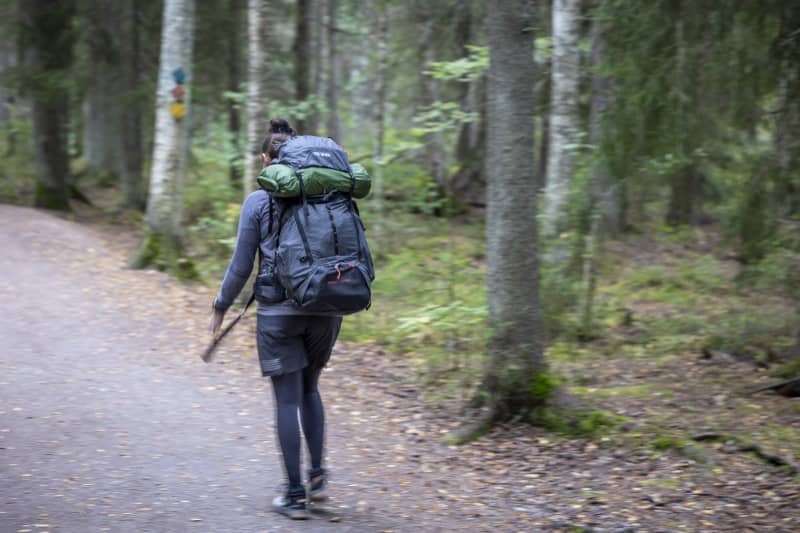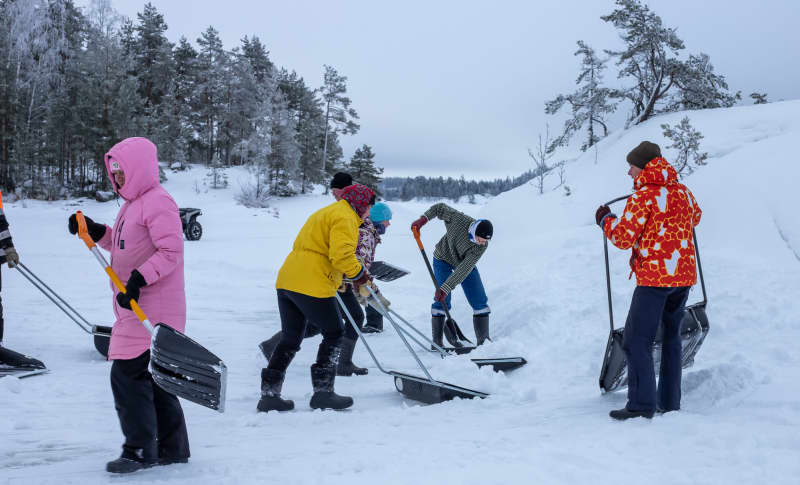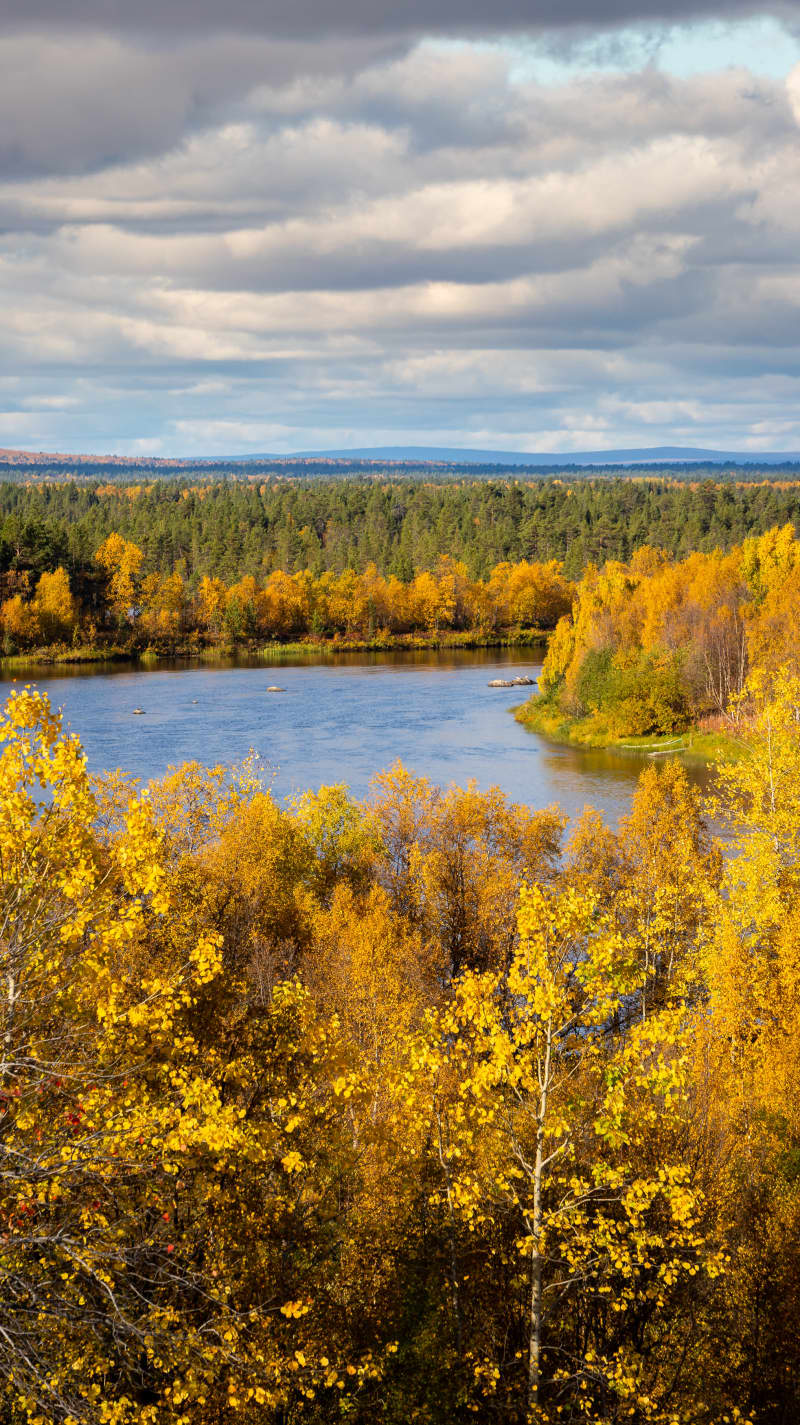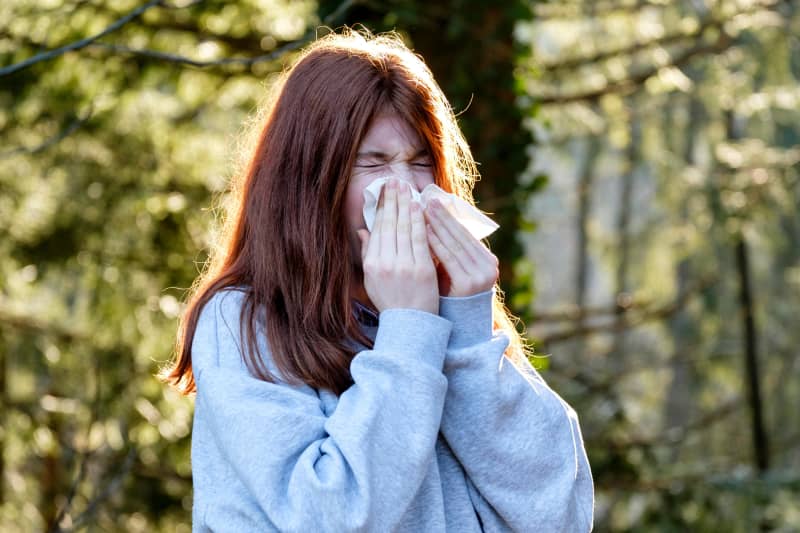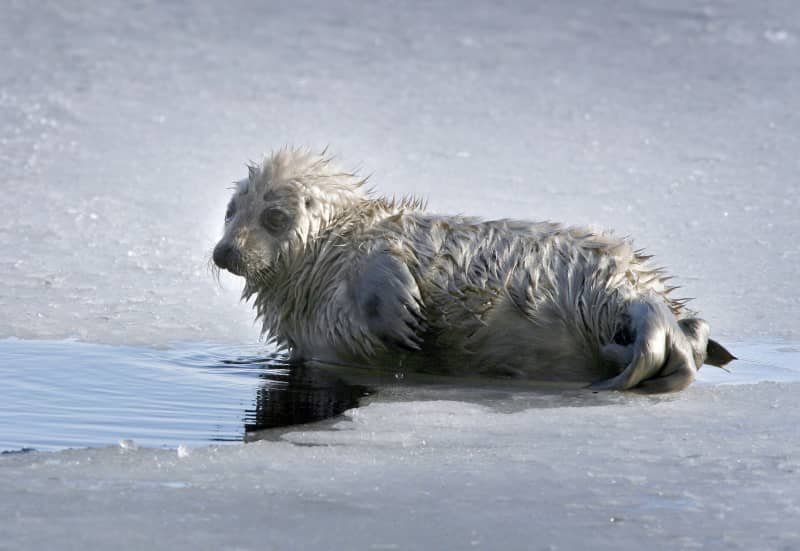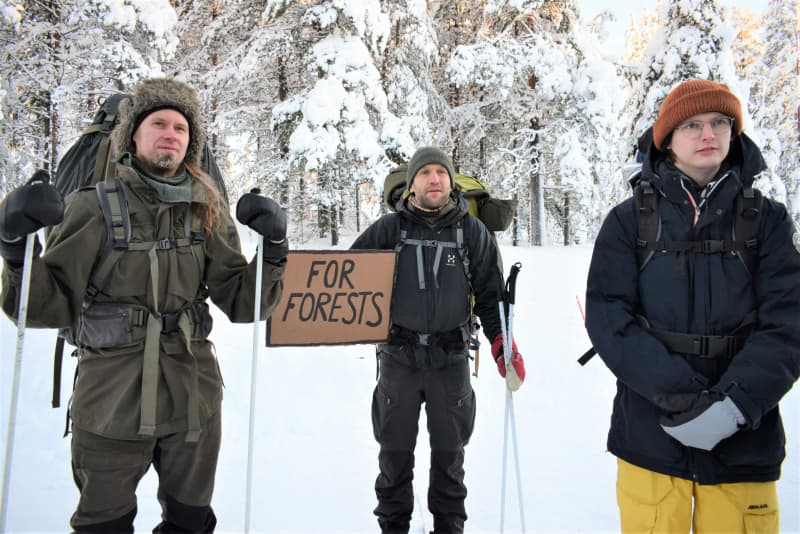Visits to Pirkanmaa National Parks have levelled off after years of peak periods
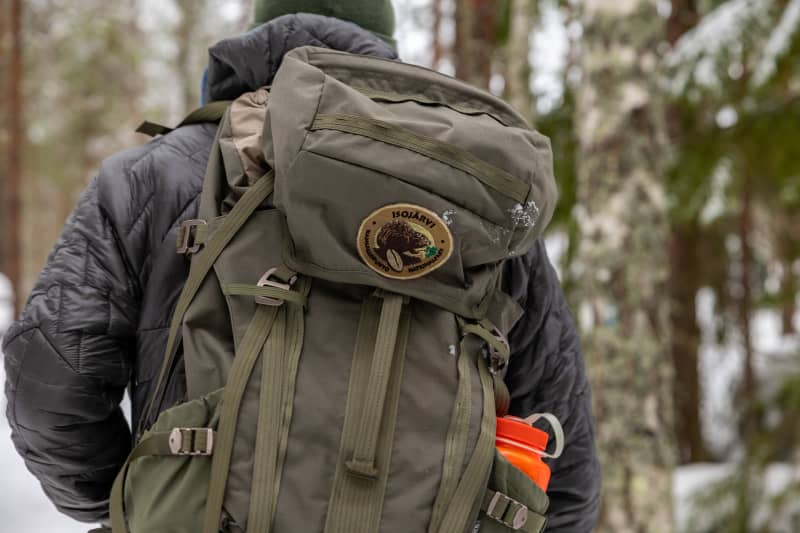
Helvetinjärvi continues to be the most popular national park in Pirkanmaa.
Finns’ greatest enthusiasm for visiting national parks seems to have waned. Visitor statistics published by Metsähallitus on Wednesday show that in Pirkanmaa, for example, the number of visitors to Helvetinjärvi National Park dropped significantly from 2021.
Helvetinjärvi continues to be the most popular national park in Pirkanmaa. It gained great popularity during the roaring years and visitor numbers doubled. Now the number of visitors has levelled off. In 2022, Lake Helvetinjärvi was visited 46 300 times, a 31% drop compared to the previous year.
Metsähallitus says in a press release that new hiking trails are planned for Lake Helvetinjärvi in the coming years. During the past year, maintenance roads, parking areas and foundations for new rest stop structures were paved along the future routes. New service roads were also built in Heinälahti and Helvetinkolu.
There was also a slight decrease in the number of visits to Seitseminen National Park. In the course of 2022, Seitsimeni was visited 43,500 times, which is ten percent less than the previous year. During the last year, work on updating the management and use plan of Seitsimenen National Park was started, which defines the measures for the recreational use of the national park for the next ten years.
…
Visits to Pirkanmaa National Parks have levelled off after years of peak periodsRead More »
Visits to Pirkanmaa National Parks have levelled off after years of peak periods Read More »

